Restaurant website design
A special and exclusive offer for designing a website for a restaurant, including an attractive modern design designed specifically for restaurants and food providers, a form for booking an appointment at the restaurant, a map of the restaurant’s location and how to get there, and a photo album of the restaurant. The design is compatible with all screens, and the attractiveness of the design makes it a professional marketing window for the restaurant. The special features of the offer can be summarized in the following points:
Attractive modern design suitable for restaurants and an interesting display style for the restaurant menu.
Design a home page containing an animated slider of the restaurant’s best offers and the most important meals it offers.
Inner Pages module, you can add/edit/delete an unlimited number of pages.
Contact Us Page – contains a contact form that, when filled out, sends the data to an email address of your choice. Restaurant appointment booking form page. Map of the restaurant’s location and how to reach it via Google Maps. Restaurant menu display pages. Restaurant photo album. The design is compatible with all mobile devices, tablets, computers and laptops.Create a professional Facebook page for the restaurant, open a Twitter account, and an Instagram account for the restaurant.
Control panel for the entire site content. The site is in two languages, Arabic and English. Domain name reservation .com, .net, .org. The site will be designed within 15 business days from the day of receiving the complete site data. SSL certificate to secure the site.
In the age of digital technology, a restaurant website is the digital interface that reflects the food and service experience provided by the restaurant. Having a professional website is a crucial step in attracting new customers, enhancing the loyalty of existing customers, and improving the efficiency of operations. In this description, we will discuss the importance of designing a restaurant website and review the most important features that the website must include to achieve success and attract more visitors.
Attractive design that reflects the restaurant’s identity
The website design should reflect the unique identity of the restaurant and attract the attention of visitors. The design should be consistent with the brand identity of the restaurant, including the use of colors, fonts, and images that reflect the atmosphere and style of the restaurant. An attractive design includes the use of high-quality images of the dishes and the general atmosphere of the restaurant, which makes the site more attractive to visitors and encourages them to visit the restaurant.
Easy to navigate user interface
User experience is a key element in any successful website design. The user interface of a restaurant website should be easy to navigate and seamless, making it easy for visitors to find the information they need. This includes clearly organizing menus, providing prominent navigation buttons, and presenting information about services and offers in an organized manner. A user-friendly design enhances the visitor experience and increases the likelihood of converting them into customers.
Display the menu in a distinctive way
The menu is one of the essential elements of a restaurant website. The website should include a distinctive menu display, with detailed information about the dishes, ingredients, and prices. Attractive images and detailed descriptions can be used to make the menu more interesting and clear to visitors. It is also useful to provide options to categorize dishes such as main courses, appetizers, and desserts, making it easier for customers to find their favorite options.
Online Table Reservation System
One of the essential features that a website should include is an online table reservation system. This system allows customers to book a table easily and without the need for a phone call. The system should be easy to use and allow customers to choose the date and time of the reservation, as well as the number of people. An online reservation system provides convenience to customers and increases the efficiency of the restaurant’s reservation management.
View specials and events
The website can be an effective platform to promote special offers and events organized by the restaurant. The website should include a dedicated section to display promotions, discounts, and upcoming events such as musical evenings, cooking workshops, and weddings. This section can help attract more customers and increase visits to the restaurant.
Contact information and branch locations
It is essential that the website includes clear and comprehensive contact information. The website should include the restaurant’s address, phone numbers, email address, and hours of operation. Additionally, if the restaurant has multiple branches, information about each branch should be provided, including addresses and location maps. This information makes it easier for visitors to find and contact the restaurant.
Social media integration
Integrating your website with social media can be a powerful tool to boost your digital presence and engage with customers. Your website should include links to your restaurant’s accounts on platforms like Facebook, Twitter, and Instagram. These links can allow visitors to keep up with the restaurant’s news, interact with posts, and share content with their friends. Social media can also be used to promote special offers and run promotional contests.
Search Engine Optimization (SEO)
Search engine optimization (SEO) is an essential part of increasing website visibility and attracting more visitors. The website should be optimized according to SEO best practices, including using relevant keywords in the text, optimizing images, and ensuring that pages load quickly. SEO helps to boost the website’s ranking in search engine results, making it easier for potential customers to find the restaurant when searching for food options.
Mobile compatible
With the increasing use of smartphones and tablets to browse the internet, a website must be responsive to all devices. Responsive design ensures that the website looks and functions optimally on different screens, improving the browsing experience for visitors and increasing accessibility to restaurant services from any device.
Analysis and measurement tools
Analytics and measurement tools help track website performance and understand visitor behavior. The website should include analytics tools that provide information about visitor numbers, traffic sources, and browsing behaviors. With these tools, the restaurant can improve its marketing strategies and provide a better user experience based on the data collected.


 License Store
License Store WordPress themes
WordPress themes WordPress Plugins
WordPress Plugins SEO Plugins
SEO Plugins Special Products
Special Products Offers & packages
Offers & packages Whatsapp Sender
Whatsapp Sender SMM
SMM


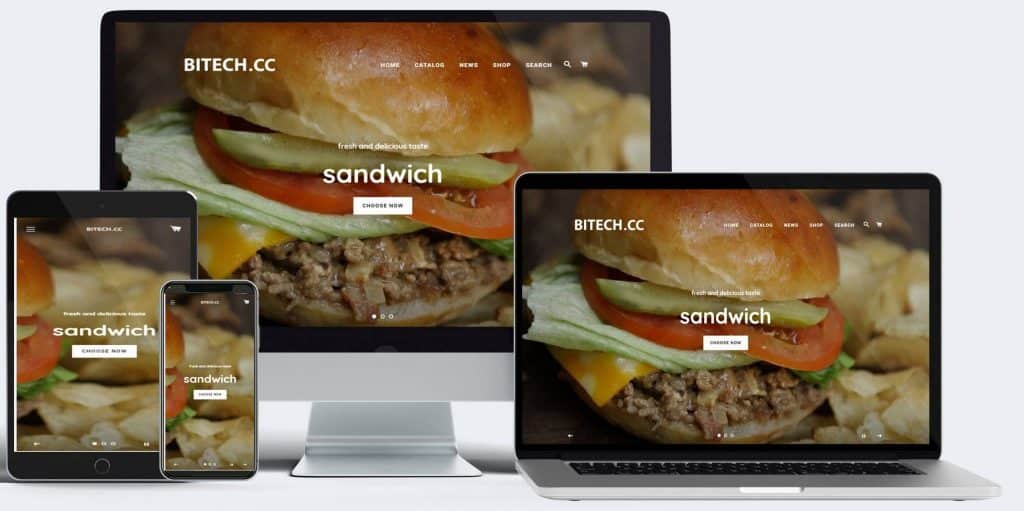
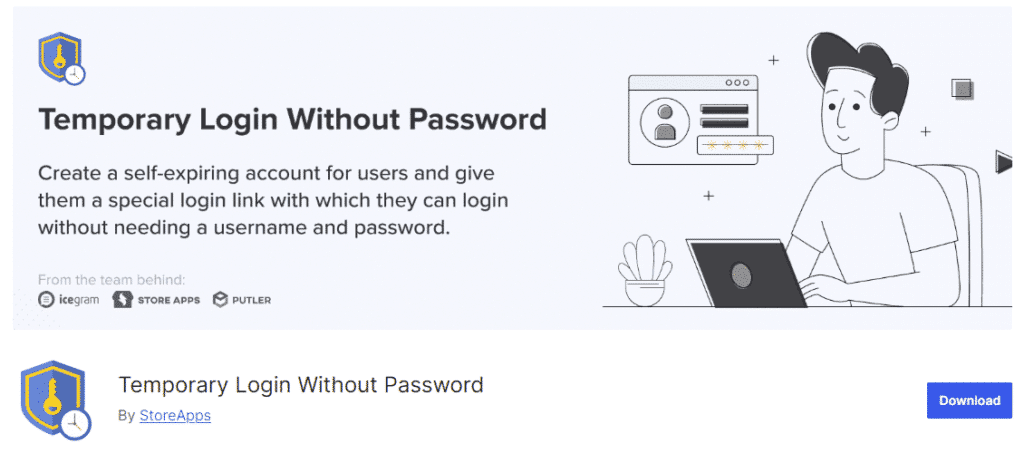





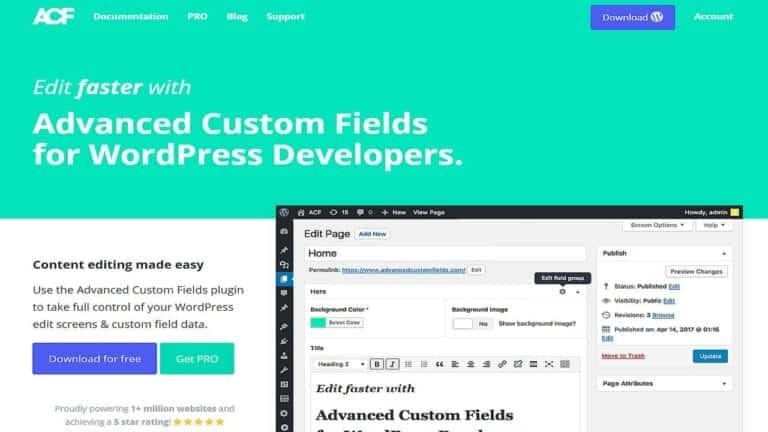










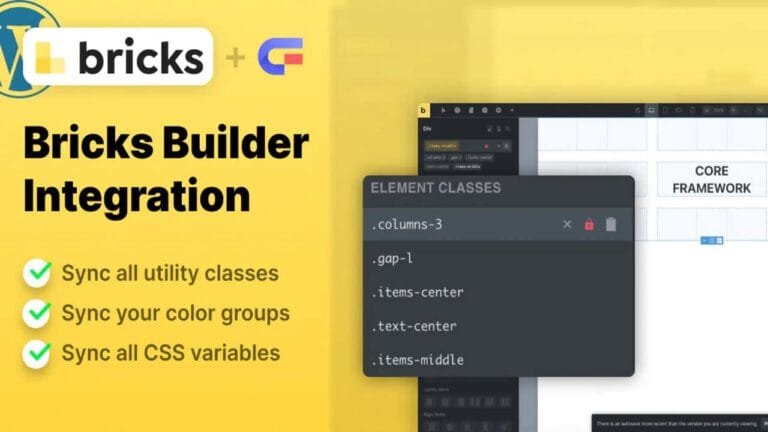





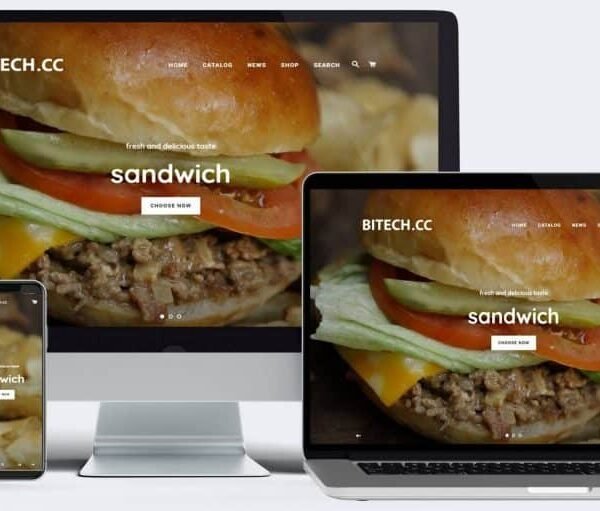
Reviews
Clear filtersThere are no reviews yet.